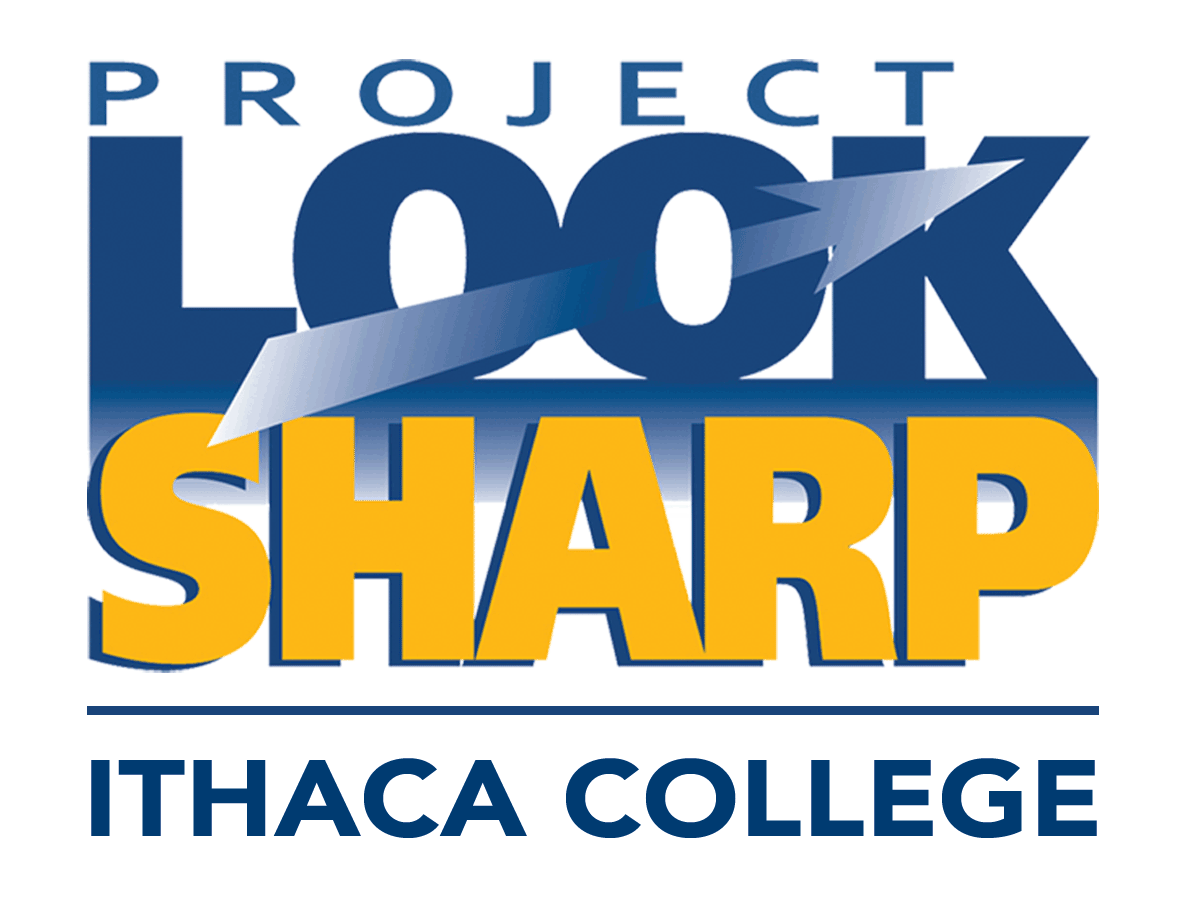Your Search Results (41) sorted by newest
Hydropower Dams: To Build or to Dismantle?
Media literacy and critical thinking activity in which students decode videos for messages about claims related to hydropower dam building or removal.
This lesson is part of a "kit" or collection of media decoding lessons on a particular topic. You can explore that kit using the link below:
Unit: Energy SourcesKit: Media Constructions of Sustainability: Middle School
30-60 Minutes
Indigenous Media Making: Affirming Identity
Students analyze short videos from TikTok, a feature film, a video game, Hip-Hop video, and a documentary film for messages related to Indigenous identity and cultural pride.
30-60 Minutes
Indigenous Representations of Cultural Pride and Resilience
Students analyze videos produced by Native Americans (Inuit, Haudenosaunee, Hopi and Hawaiian) for messages about the contributions and resilience of Indigenous nations and peoples.
30-60 Minutes
Louis XIV & Absolute Monarchy: Media Messages from the Time
Students analyze media documents from the era of Louis XIV - an oil painting, a royal medal, an excerpt from John Locke’s “Treatise on Government” and an excerpt from a French travel memoir - for messages about absolute monarchy, media forms and historical context.
30-60 Minutes
Mapping the Border: Who Decides?
This is a media literacy and critical thinking activity in which students analyze different maps of the U.S. Mexico border region for messages about how mapmakers use images and words to convey messages.
30-60 Minutes
Oil Pipelines: Indigenous Water Rights & Safe Energy Transport
This is a media literacy and critical thinking activity in which students analyze an article and a web page for conflicting perspectives on the construction of the Dakota Access Pipeline near Standing Rock native land.
30-60 Minutes
Panama’s Ethnic Groups- Who Tells Their Story?
This media literacy activity was created to integrate the teaching of English language instruction with media literacy for educators in Panama. In this media literacy activity students analyze websites for messages about Panama’s Indigenous people and about how to judge the credibility of media messages.
15-30 Minutes
Squanto and the First Thanksgiving: Whose Story?
In this media literacy activity students analyze excerpts from children’s books for differing perspectives and messages about the history of Squanto’s role in the first thanksgiving feast.
30-60 Minutes
Sustainable Cultures
Media literacy and critical thinking lesson about sustainable agricultural practices among traditional land-based cultures by analyzing web pages and videos.
This lesson is part of a "kit" or collection of media decoding lessons on a particular topic. You can explore that kit using the link below:
Kit: Media Constructions of Sustainability: Food, Water, and Agriculture
Over 60 Minutes
Thanksgiving: Who’s Telling the Story?
In this media literacy activity students analyze short videos for messages about the meanings and impacts of the stories surrounding Thanksgiving.
30-60 Minutes
The Roots of Democracy in the United States: Iroquois or Athens?
In this media literacy activity students analyze two videos for messages about the roots of U.S. democracy with the Native American Iroquois confederacy and historic Athenian democracy as points of reference.
15-30 Minutes
The Spanish Conquest of Mexico: Whose Story?
In this media literacy activity students analyze excerpts from two films for conflicting messages about the Spanish conquest of Mexico.
15-30 Minutes
Traditional and Industrial Farming
Media literacy and critical thinking lesson analyzing examples of corn and dairy farming to understand the diverse philosophies, tools and practices that distinguish traditional and industrial farming.
This lesson is part of a "kit" or collection of media decoding lessons on a particular topic. You can explore that kit using the link below:
Kit: Media Constructions of Sustainability: Fingerlakes
30-60 Minutes, Over 60 Minutes
Working for Peace, Working for Justice
Media literacy and critical thinking lesson using diverse media imagery to teach about the interconnections between U.S. peace and social justice movements by examining the lives of five peacemakers.
This lesson is part of a "kit" or collection of media decoding lessons on a particular topic. You can explore that kit using the link below:
Unit: Peace IntroductionKit: Media Constructions of Peace
30-60 Minutes
"Beaver Trapping" Diagram
Students analyze an 18th century diagram for messages about beaver trapping and about target audience.This simple decoding activity has been taken from a larger lesson with many slides titled “History of Endangered Species." To access this lesson, type the title with quotes into the PLS keyword search bar.
Under 15 Minutes
Ozette Rocks Petroglyph
Students analyze a petroglyph for messages about human relationship to the natural world and about authorship and purpose in media messages. This simple decoding activity has been taken from a larger lesson with many slides titled “History of Resource Depletion." To access this lesson, type the title with quotes into the PLS keyword search bar.
Under 15 Minutes
Native American Seed Stewardship: 3 Views
Students analyze a painting, a book cover and a web page for messages about Native American stewardship of seeds and about values in media messages.This simple decoding activity has been taken from a larger lesson with many slides titled “History of Chemicals in the Environment." To access this lesson, type the title with quotes into the PLS keyword search bar.
Under 15 Minutes
"Drum Beat for Mother Earth" Video Jacket
Students analyze a video cover for messages about persistent organic pollutants and indigenous people and about actions in response to media messages. This simple decoding activity has been taken from a larger lesson with many slides titled “History of Chemicals in the Environment." To access this lesson, type the title with quotes into the PLS keyword search bar.
Under 15 Minutes
"Indigenous Rising: Stop the Pipeline" Webpage
Students analyze a webpage for messages about Indigenous peoples' efforts to stop fossil fuel pipelines and about editorial decisions in webpage design. This simple decoding activity has been taken from a larger lesson with many slides titled “Merging Social Justice with Environmentalism." To access this lesson, type the title with quotes into the PLS keyword search bar.
Under 15 Minutes
Fossil Fuel Pipelines: Editorial Cartoons
Students analyze editorial cartoons for messages about fossil fuel pipelines and about credibility and technique in editorial cartooning. This simple decoding activity has been taken from a larger lesson with many slides titled “Merging Social Justice with Environmentalism." To access this lesson, type the title with quotes into the PLS keyword search bar.
Under 15 Minutes




















